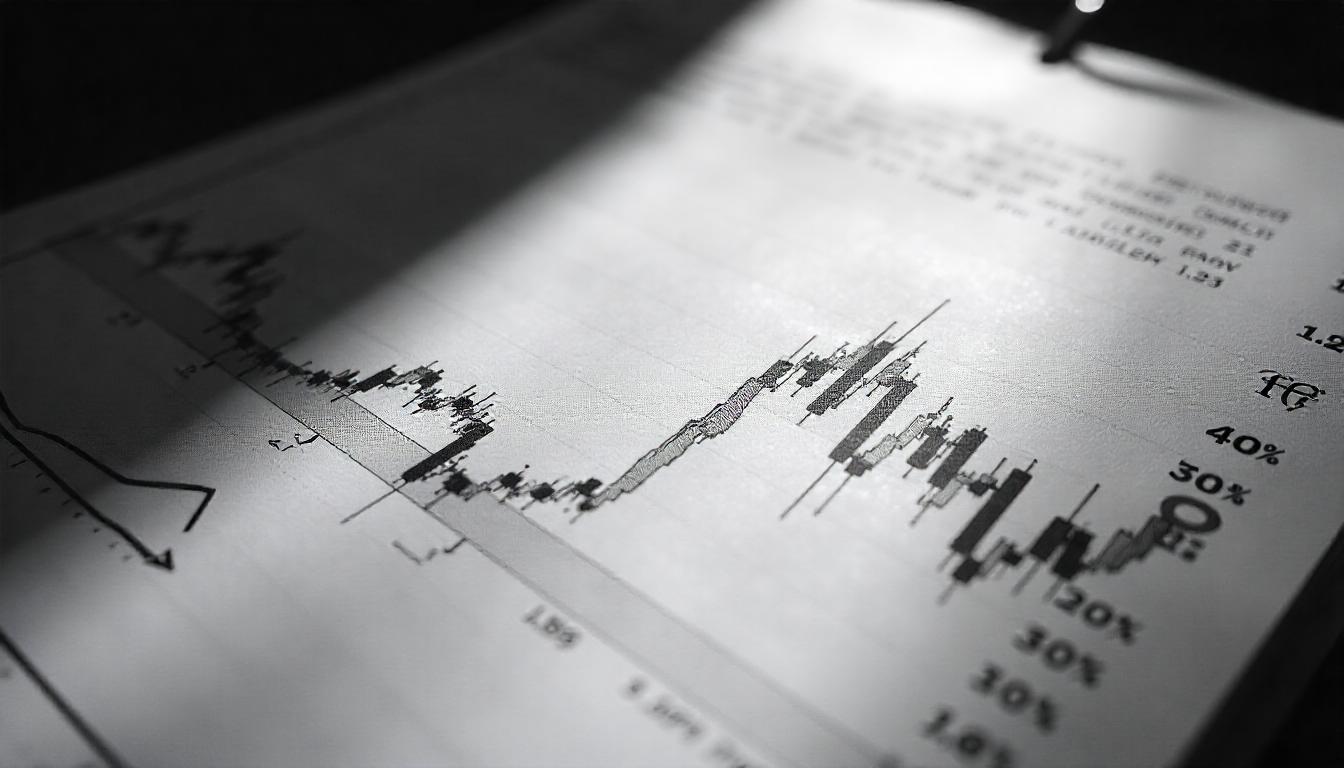Performance metrics are essential tools for evaluating how well a trading strategy performs. To truly master your trading strategy, grasping key performance metrics like the Sharpe ratio and drawdowns is essential.
These metrics tell a hidden story about risk and volatility, a vital indicator of whether your system is built for sustainable profits or is on the verge of collapse. Mastering them can be the difference between thriving in the financial market or crashing out.
In this article, we will be diving into these essential measures and why they should be at the forefront of your trading analysis.
1) Sharpe Ratio: Evaluating Risk-Adjusted Returns
The Sharpe ratio is a popular metric that helps you understand the risk-adjusted returns of your trading strategy. Essentially, it measures how much extra return you’re earning for the risk you’re taking.
A higher Sharpe ratio means you’re getting more reward for each unit of risk, while a low ratio suggests that you’re not being compensated well for the risks you’re taking.
In simpler terms, it’s like asking: “Am I making enough money for the amount of risk I’m facing?” This is critical because it helps you avoid strategies that may seem profitable but come with excessive risk.
A good Sharpe ratio can be a sign of a strong strategy, especially when comparing different trading systems. Typically, a ratio above 1.0 is considered good, but the higher, the better!
What You Should Watch Out For When Evaluating Sharpe Ratio
Here is what most don’t tell you—Sharpe ratios can be misleading if returns are inconsistent. Strategies with volatile bursts of gains or heavy losses often show inflated Sharpe ratios, masking inherent risks.
For example, a strategy with a 1.5 Sharpe ratio may look strong, but if it’s driven by one-off gains or a few lucky trades, you’re not consistently managing risk. A balanced Sharpe ratio, on the other hand, comes from steady performance in various conditions.
AI tools like CoinQuant can identify hidden volatility in your strategy and give you a clearer picture of real performance.
Pro Tip: Don’t rely solely on the Sharpe ratio. Consider pairing it with other volatility measures like Sortino ratio, which penalizes downside risk.
2) Drawdowns: The Silent Killer of Trading Systems
Drawdowns can be the silent strategy killer—they measure the distance between your portfolio’s peak and trough.
What’s not discussed enough is that deep drawdowns can take years to recover from, even in a strong market environment. The deeper the drawdown, the harder it is to get back to breakeven. For example, a 50% drawdown means you’ll need a 100% gain just to break even.
Why this matters: Psychological impact. Heavy drawdowns cause emotional strain, pushing traders to abandon otherwise successful strategies or overcompensate with riskier trades.
Pro traders know that surviving deep drawdowns often requires more capital than initially anticipated.
The Hidden Impact of Combining Sharpe Ratio and Drawdown
A high Sharpe ratio paired with deep drawdowns indicates imbalanced risk. Consistently profitable traders aim for high Sharpe ratios with shallow drawdowns, ensuring their strategies are robust in both normal and extreme conditions.
Real-World Example: Consider two systems: one with a Sharpe ratio of 2 but a drawdown of 30%, and another with a Sharpe of 1.5 but only a 5% drawdown. While the first system appears more attractive on the surface, the second is likely more stable long-term.
A Step By Step Guide on How To Start Tracking Your Trading Performance
- Set Clear Goals: Define your key trading objectives—whether it’s maximizing returns, minimizing drawdowns, or balancing risk and reward. This gives you a clear focus on what metrics matter most.
- Choose Your Metrics: Start with core performance metrics like Sharpe ratio, maximum drawdown, and win/loss ratio. These will help you gauge your strategy’s risk and profitability.
- Organize Your Data: Collect data from your trades—entry/exit points, position sizes, and outcomes. Tools like Excel or more advanced AI-based tools like Coinquant can streamline this.
- Analyze Results: Review your data to see how well your strategy aligns with your goals. Calculate key metrics and track them over time.
- Refine and Improve: Use your analysis to adjust your strategy. Continuously track performance, making small tweaks as needed to improve profitability and manage risk.
Why AI Tools Like CoinQuant are Game-Changers
AI-based backtesting platforms like CoinQuant don’t just evaluate these metrics—they optimize them. Through data-driven analysis, CoinQuant can identify low-drawdown, high-Sharpe setups, simulating how strategies perform across varied market conditions.
Additionally, AI can help uncover hidden risks, like strategies prone to fat-tail events (rare, catastrophic losses), which traditional metrics might miss.
By automating risk assessment and optimizing performance metrics, traders no longer have to guess which strategy offers the best balance of risk and reward.



